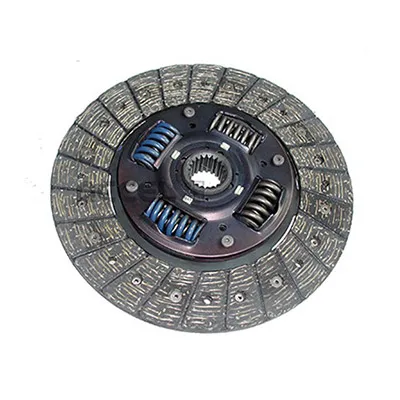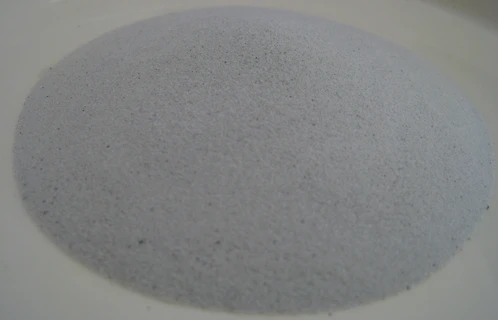Cenospheres, often derived as a by-product from coal combustion in thermal power plants, are gaining significant traction across various industries due to their unique properties and applications. These lightweight, hollow spheres predominantly composed of silica and alumina, serve as fillers in a multitude of products. The focus on cenosphere fly ash is rooted in its potential to enhance the strength and reduce the weight of materials, making it indispensable in sectors ranging from construction to automotive.
On the technical forefront, researchers are continually exploring new frontiers with cenosphere fly ash. Recent innovations include its use in the creation of advanced ceramics and fire-retardant materials. The intrinsic characteristics of cenospheres allow for the development of products that can withstand extreme temperatures and conditions while maintaining structural integrity. These advancements are pushing the envelope of what is possible in material science and engineering. Engagement with cenosphere fly ash also extends into environmental management. Their ability to encapsulate toxins makes them suitable for hazardous waste stabilization and landfill management. By immobilizing pollutants, cenospheres contribute to reducing leachate production, thereby minimizing the environmental impact of waste disposal sites. This application underscores their role in circular economy models, where waste products are repurposed to create new value. As industries continue to embrace eco-friendly and cost-effective materials, the role of cenosphere fly ash is poised to expand even further. Companies investing in its potential stand to gain not only from economic efficiencies but also from positioning themselves as leaders in sustainability. This material exemplifies how technological innovation and environmental stewardship can converge to drive future growth. In conclusion, cenosphere fly ash represents an opportunity to revolutionize traditional manufacturing processes across several domains. Its multifaceted benefits—ranging from enhancing material properties to supporting sustainable practices—solidify its status as a critical component in the evolving landscape of modern industry. As ongoing research and development unveil new applications, the significance of cenosphere fly ash is destined to grow, offering a promising pathway to both improved performance and environmental responsibility.


On the technical forefront, researchers are continually exploring new frontiers with cenosphere fly ash. Recent innovations include its use in the creation of advanced ceramics and fire-retardant materials. The intrinsic characteristics of cenospheres allow for the development of products that can withstand extreme temperatures and conditions while maintaining structural integrity. These advancements are pushing the envelope of what is possible in material science and engineering. Engagement with cenosphere fly ash also extends into environmental management. Their ability to encapsulate toxins makes them suitable for hazardous waste stabilization and landfill management. By immobilizing pollutants, cenospheres contribute to reducing leachate production, thereby minimizing the environmental impact of waste disposal sites. This application underscores their role in circular economy models, where waste products are repurposed to create new value. As industries continue to embrace eco-friendly and cost-effective materials, the role of cenosphere fly ash is poised to expand even further. Companies investing in its potential stand to gain not only from economic efficiencies but also from positioning themselves as leaders in sustainability. This material exemplifies how technological innovation and environmental stewardship can converge to drive future growth. In conclusion, cenosphere fly ash represents an opportunity to revolutionize traditional manufacturing processes across several domains. Its multifaceted benefits—ranging from enhancing material properties to supporting sustainable practices—solidify its status as a critical component in the evolving landscape of modern industry. As ongoing research and development unveil new applications, the significance of cenosphere fly ash is destined to grow, offering a promising pathway to both improved performance and environmental responsibility.
Prev:
Latest news
-
The Versatile World of Phlogopite Mica: Properties, Forms, and ApplicationsNewsJul.14,2025
-
The Versatile Applications of Calcined Mica: From Decoration to Industrial UseNewsJul.14,2025
-
The Role of Muscovite Mica in Industrial Insulation MaterialsNewsJul.14,2025
-
The Benefits of Using Expanded Clay Pebbles in Hydroponics and Soil GardeningNewsJul.14,2025
-
Innovative Applications of Mica Flake in Paints and CoatingsNewsJul.14,2025
-
Gardening Expanded Clay Usage: A Complete GuideNewsJul.14,2025
-
The Use of Natural Mica Powder in Skincare ProductsNewsJun.11,2025
Related Products








